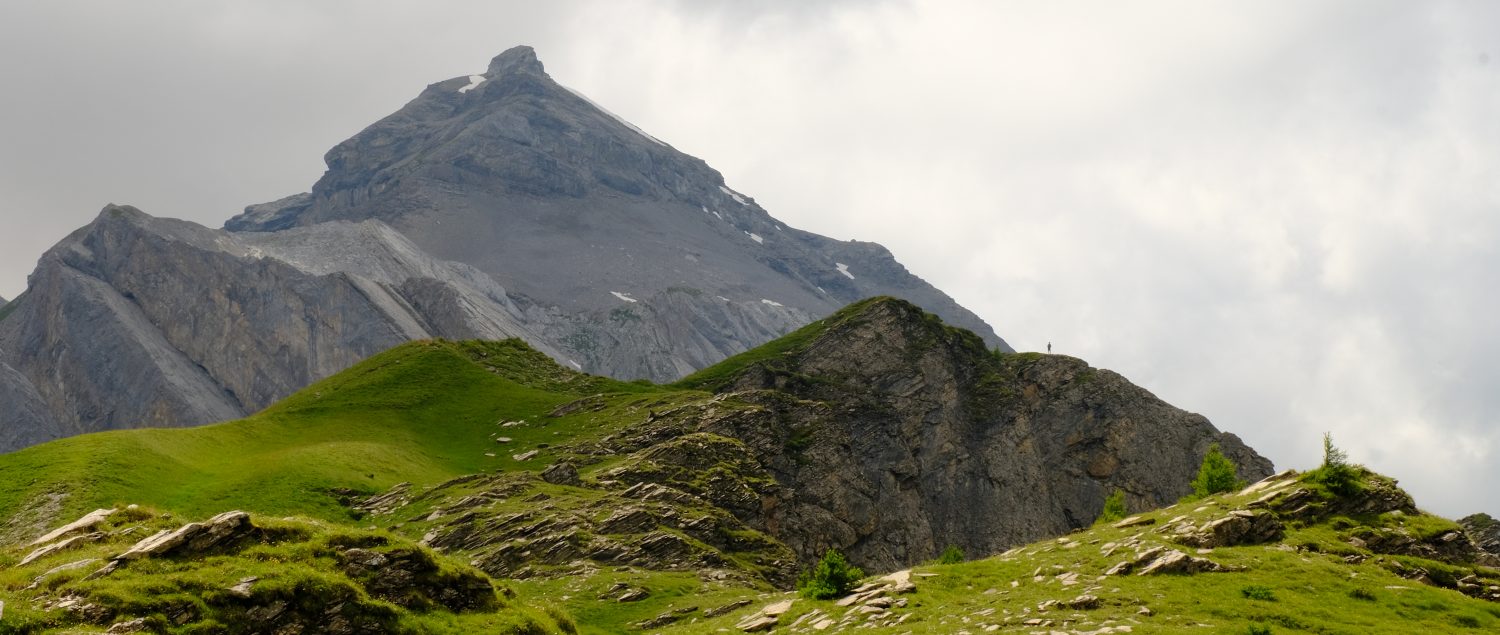The muddy paths around Paulerspury and Pury End are perfect for tracking our local wildlife. Use the identification sheet, suggested walk directions and map to find the best places to do your detective work. Over to you super sleuths!

I’ve found all of these tracks except the Roe deer (which are very likely to be here) can you? Use the map and suggested walk directions below to find the best places to spot them.
Rabbit
When rabbits (and hares) hop they put their front feet down, one almost directly behind the other, then swing their back legs round, in front of the forefeet, then down. Unlike hares, rabbits never move very far from their burrows. Because rabbits are very light they don’t leave very clear tracks unless the mud is lovely and soft, also look around for nibbled grass and droppings close to hedges.
Hare
The feet of hares (and rabbits) are covered with a layer of hair. If the mud is the right kind of stickiness you may be able to see the imprint of this in their tracks.
Roe Deer
This is a small deer (95 – 135cm long, 65-75cm to the shoulder). They can be identified by a large white area around the tail.
Muntjac
Muntjac are slightly smaller than the Roe Deer (about 95cm long, 40-65cm to the shoulder) and were brought into this country from Southeast Asia. They have a black V shaped mark on their forehead. They can communicate loudly, because of this they are sometimes known as the Barking Deer.
Badger
Badger footprints will usually have the front footprint underneath and slightly ahead of the rear footprint. They usually use the same paths from their set (their underground home) to their preferred feeding areas.
From: Olsen, Lars-Henrik (2013), Tracks and signs of the animals and birds of Britain and Europe, Princetown University Press.


